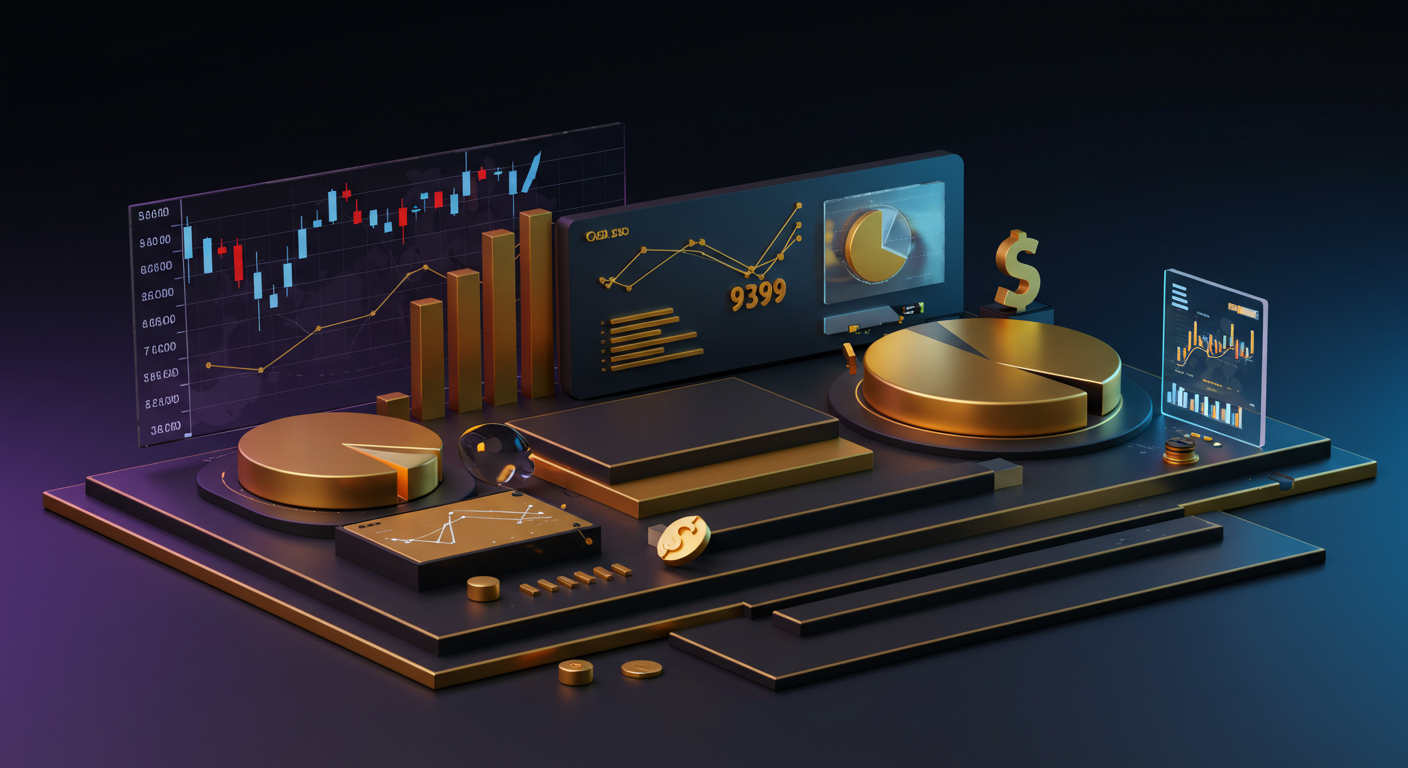
UBS suggests the recent market reactions to the Middle East crisis are exaggerated. It argues the geopolitical risk premium is overstated compared to actual threats, given Iran’s limited contribution of 1.6% to global oil output.
UBS contrasts this situation with past conflicts that created real supply disruptions. They believe the current geopolitical tensions are unlikely to cause lasting market effects and view any market dips as buying opportunities.
Positive Outlook On Global Equities
UBS maintains a positive outlook on global equities, especially in the defence and technology sectors. It anticipates gold prices reaching $3,500 per ounce by end-2025 as demand increases for strategic and inflation-hedging assets.
UBS considers the current geopolitical concerns as excessive. They expect the markets to remain stable, supported by favourable policies, strong wages, and advances in AI productivity.
In essence, the analysis from UBS puts forward the opinion that current market behaviour, particularly in reaction to unfolding events in the Middle East, does not line up with the scale of the actual risks involved. Their stance hinges on the idea that while the region certainly attracts political focus and headlines, the direct implications for global energy supply are limited—especially considering Iran’s relatively modest contribution to global oil production.
By referencing earlier episodes of geopolitical unrest that did result in concrete disruptions to oil flows or economic activity, they draw a comparison to suggest that fears are being priced too aggressively at present. In doing so, they view the downward jolts in equity markets not as warnings to flee, but rather as windows to re-enter with measured confidence, especially where fundamental growth stories remain intact.
Opportunities In Volatile Markets
There is a structured tone of optimism in their view on sectors like defence and technology, where they see sustained demand driven by global security realignments and continued focus on innovation. They mention gold too—not in passing—but with a fairly steep projection for the years ahead, indicating firm belief in its role as a financial stabiliser during bouts of uncertainty or longer-term inflationary pressures.
From our perspective, this shifts how we ought to interpret short-term volatility and whether to treat it as noise or substance. If the expectation is that policies across large economies will remain accommodative and consumer strength does not wane, then sharp reactions in markets tied solely to geopolitical headlines may feel misaligned with macroeconomic indicators.
More tangibly, where asset pricing has started to reflect worst-case assumptions without the deterioration of earnings or credit conditions, we might consider re-evaluating our risk exposure to see if better entry points have emerged. The suggestion that AI could deliver meaningful productivity gains adds a layer of foundational growth support that is not contingent on speculative enthusiasm alone.
Rather than reacting to every shift in narrative, it is practical to weigh exposure to assets that have been indiscriminately swept lower and whose long-term drivers remain intact. This may apply most directly to instruments that are sensitive to volatility in commodity pricing or inflation expectations, particularly where current valuations trade at a discount to historic multiples.
As gold attracts renewed inflows and risk premia soften, technical pressure in derivatives could ease, particularly for contracts sensitive to risk-off moves. Timing remains important, but the balance of data and fundamentals indicates stabilisation rather than escalation for now.







